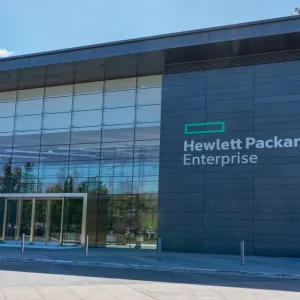Cisco has introduced stretched fabric feature in its latest Cisco APIC software which will facilitate better designing of data centre fabric which can stretch over long distances.
The latest feature will simplify workload mobility between data centres as it will allow the leaf and spine switches, which combines to create a fabric, to be located up to 30 km apart.
The stretched fabric is designed to make the overall infrastructure simpler by removing the need for all leaf switches to be connected to all spines.
The company highlighted that in multi-site scenarios full mesh connectivity may become too costly or may not be possible at all, as each leaf switch has to be connected to each spine switch across the sites.
However, with Transit leaf; which provides connectivity between two sites and connects to spine switches on both sites, does not require any additional configurations or special requirements for transit leaf switches.
Cisco Data centre senior product marketing manager Ravi Balakrishnan said: "The key benefits of stretched fabric include workload portability and VM mobility."
"The stretched ACI fabric behaves the same way as a regular ACI fabric, supporting full VMM integration. For example, one VMWare vCenter operates across the stretched ACI fabric sites. The ESXi hosts from both sites are managed by the same vCenter and Distributed Virtual Switch (DVS). They are stretched between the two sites."






